Technological Innovations
Technological advancements play a crucial role in shaping the Aluminium Aerosol Can Market. Innovations in manufacturing processes, such as the development of lightweight materials and improved filling techniques, enhance efficiency and reduce costs. For instance, the introduction of advanced coating technologies allows for better product preservation and aesthetic appeal. Furthermore, data suggests that the market for aluminium aerosol cans is projected to grow at a compound annual growth rate of around 4.5% over the next few years, driven by these technological improvements. As a result, companies that invest in research and development are likely to thrive in the Aluminium Aerosol Can Market.
Sustainability Initiatives
The Aluminium Aerosol Can Market is experiencing a notable shift towards sustainability initiatives. As consumers become increasingly environmentally conscious, manufacturers are compelled to adopt eco-friendly practices. Aluminium cans are recyclable, and their production generates lower carbon emissions compared to plastic alternatives. This trend is supported by data indicating that the recycling rate for aluminium cans is approximately 75%, significantly higher than that of plastic. Consequently, companies that prioritize sustainable practices are likely to gain a competitive edge in the Aluminium Aerosol Can Market, appealing to a demographic that values environmental responsibility.
Regulatory Support for Recycling
Regulatory frameworks supporting recycling initiatives are influencing the Aluminium Aerosol Can Market positively. Governments worldwide are implementing policies aimed at reducing waste and promoting recycling, which directly benefits the aluminium sector. For instance, extended producer responsibility (EPR) regulations encourage manufacturers to take responsibility for the entire lifecycle of their products, including end-of-life recycling. This regulatory support is likely to enhance the recycling rates of aluminium cans, further solidifying their position as a sustainable packaging option. As a result, companies that align their operations with these regulations may experience growth and increased market share within the Aluminium Aerosol Can Market.
Rising Demand in Personal Care Products
The Aluminium Aerosol Can Market is witnessing a surge in demand, particularly within the personal care sector. Products such as deodorants, hair sprays, and skincare items increasingly utilize aluminium aerosol cans due to their convenience and effectiveness. Market data indicates that the personal care segment accounts for a substantial share of the overall aluminium aerosol can consumption, with projections suggesting continued growth in this area. This trend is likely to be fueled by the increasing consumer preference for packaged products that offer ease of use and portability. Consequently, manufacturers focusing on personal care applications are poised to benefit significantly within the Aluminium Aerosol Can Market.
Expansion of Food and Beverage Applications
The Aluminium Aerosol Can Market is also expanding into food and beverage applications, which presents new opportunities for growth. The use of aluminium cans for products such as whipped cream, cooking oils, and flavored sprays is becoming more prevalent. This shift is driven by the need for convenient packaging solutions that maintain product integrity and extend shelf life. Market analysis indicates that the food and beverage sector is expected to contribute significantly to the overall demand for aluminium aerosol cans, with a projected increase in consumption rates. As a result, companies that diversify their product offerings to include food and beverage applications may find substantial opportunities within the Aluminium Aerosol Can Market.


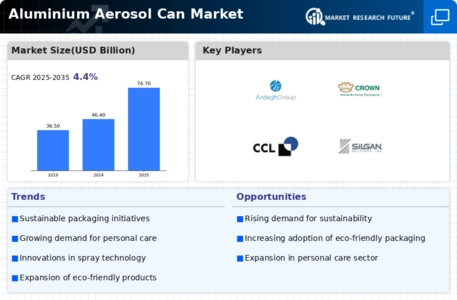
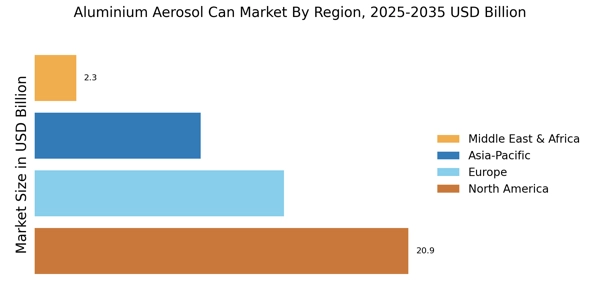


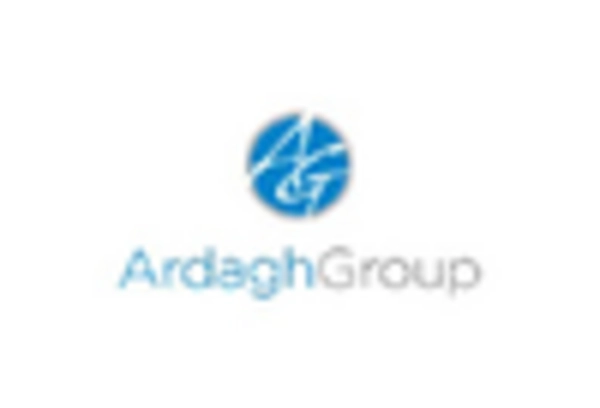
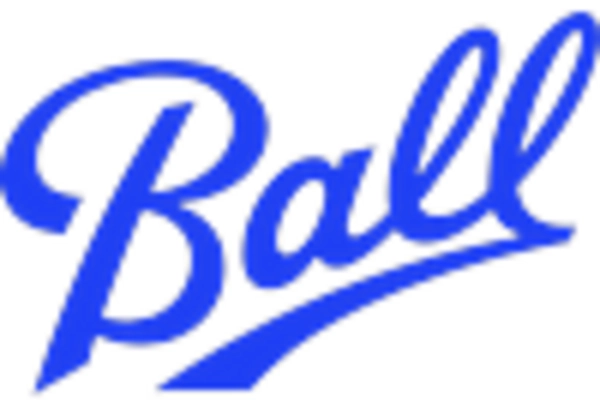
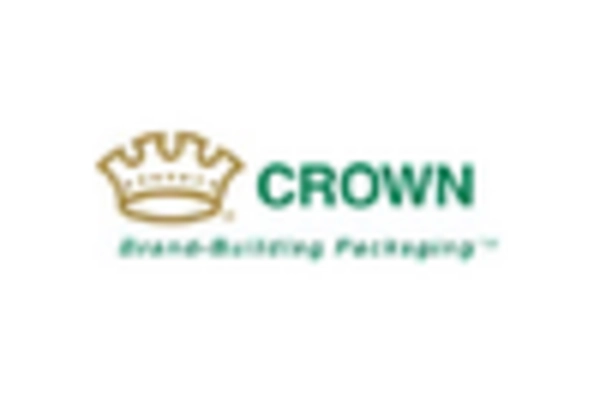
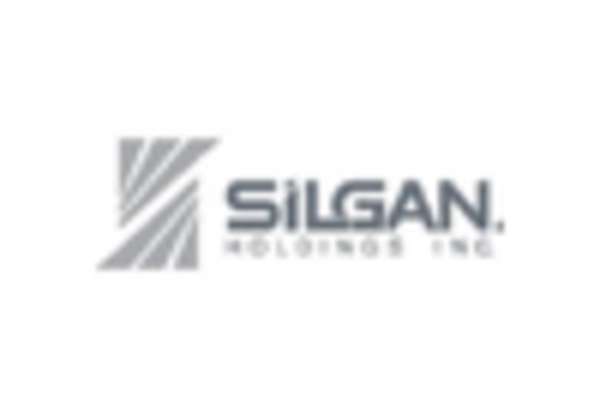








Leave a Comment